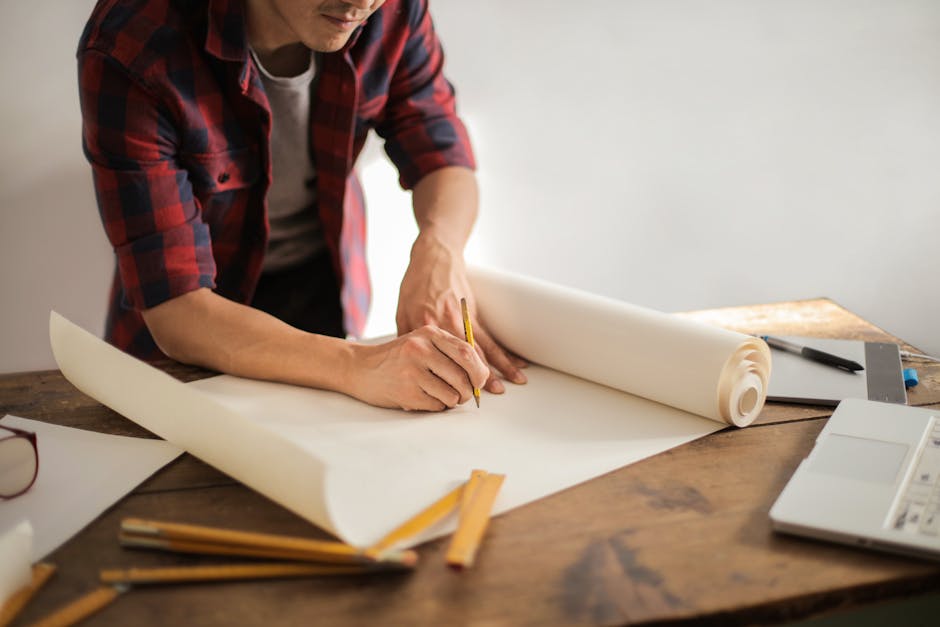 Discovering the Art of Airplane Painting: Strategies and Tips
Discovering the Art of Airplane Painting: Strategies and Tips
Airplane paint, the practice of applying paint straight to airplane, is both an imaginative expression and a technological endeavor. From business airliners to exclusive jets, each aircraft provides an unique canvas for aeronautics specialists and artists alike. The procedure not just adds to the aesthetic charm of airplanes yet also plays a vital role in keeping their architectural integrity and boosting presence. In this post, we will delve into the methods, tools, and factors to consider associated with the art of aircraft paint.
The initial step in plane painting is surface area preparation. Preparing the airplane’s surface is necessary for guaranteeing that the paint adheres correctly. This includes cleansing the surface area to get rid of dirt, oil, and old paint. A thorough examination is likewise performed to identify any type of deterioration or dents which need repair work. Professional painters commonly utilize sandblasting or chemical stripping to prepare the surface, making certain that it is smooth and free of flaws. Appropriate prep work prevents peeling off and promotes the long life of the paint job, showcasing the relevance of this preliminary phase.
As soon as the surface is prepared, the painter chooses the appropriate sort of paint. Various kinds of paint are made use of in air travel, generally consisted of polyurethane or epoxy formulas that give durability against ecological factors. The selection procedure thinks about aspects such as weight, wind resistant residential or commercial properties, and even governing compliance. Furthermore, modern innovations in aviation paints have actually led to the advancement of lighter and much more fuel-efficient choices, permitting aircraft to carry out far better while minimizing operational prices. Recognizing the specs and performance of each paint kind is vital for accomplishing an effective finish.
Application methods play a substantial role in plane painting. Professionals predominantly use spray guns for a perfect coating, allowing for regular and also insurance coverage. Some painters may select conventional hand-painting strategies for more complex layouts, particularly when it comes to custom-made art or branding. Each layer of paint have to be meticulously used, commonly needing numerous coats to attain the desired color and sheen. Furthermore, security protocols should be complied with rigorously, consisting of using individual protective equipment and guaranteeing proper air flow in spray booths to minimize hazards during the painting procedure.
Finally, after the paint procedure is total, high quality checks and final inspections are needed to make sure a task well done. The surface has to not only look good yet likewise satisfy safety and governing criteria. Factors such as paint density, level of smoothness, and general appearance are examined. This extensive evaluation warranties that the aircraft meets both aesthetic desires and safety and security requirements before it returns to the skies. Eventually, airplane paint is not almost improvement; it is a crucial aspect of airplane upkeep that safeguards the automobile and boosts its operational effectiveness.
Finally, plane paint is an intricate blend of artistry and usefulness. From surface preparation to the final assessment, every step calls for ability, interest to information, and an understanding of products. As air travel modern technology remains to advance, so also does the art of plane paint, incorporating brand-new techniques and products that focus on both efficiency and aesthetics. Whether it is for business needs or personal enthusiasm, the procedure provides an exciting method for creativity in the aeronautics industry.